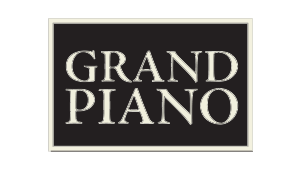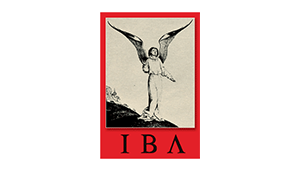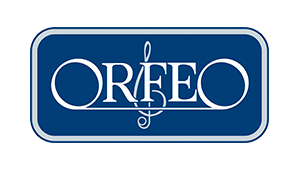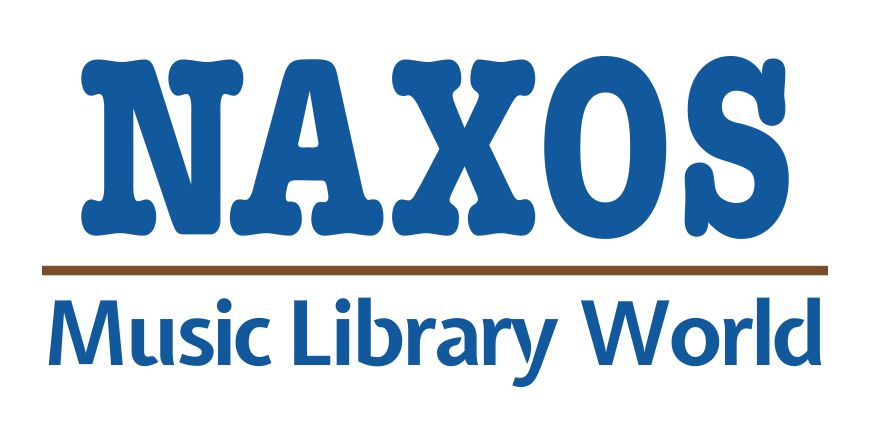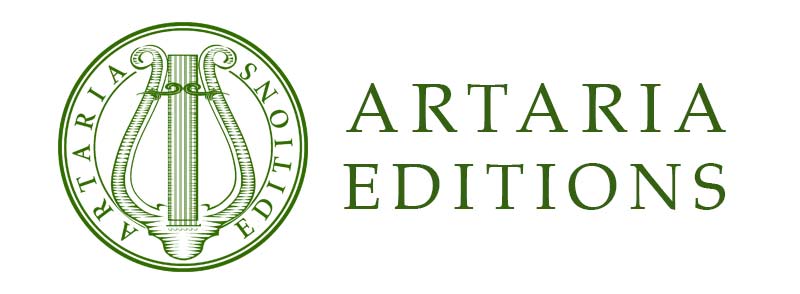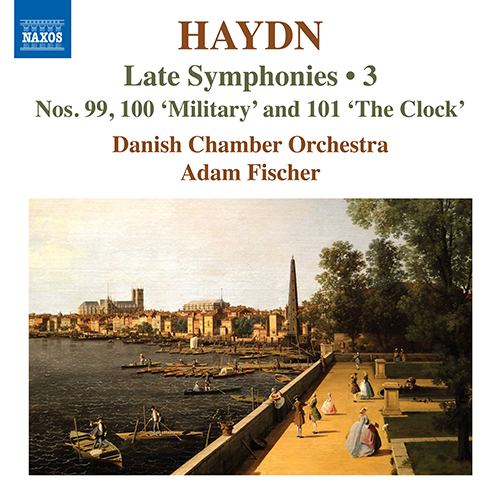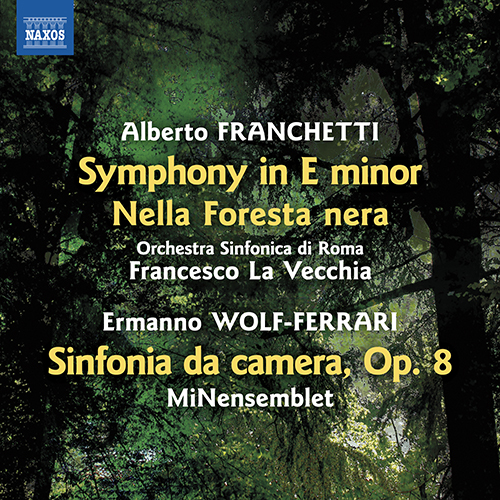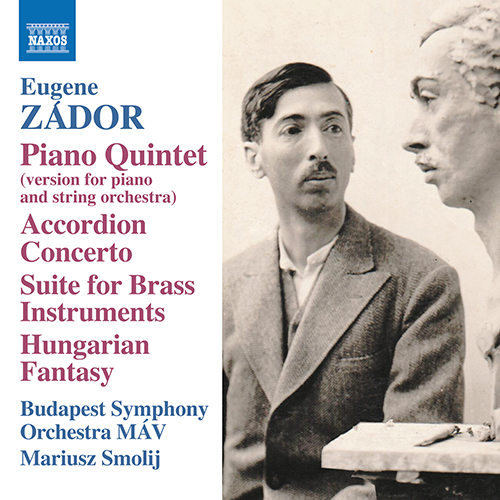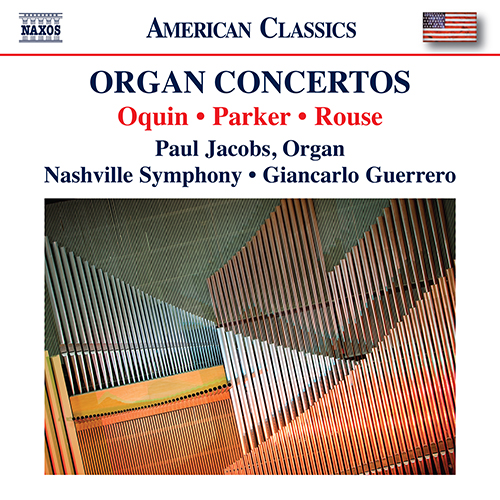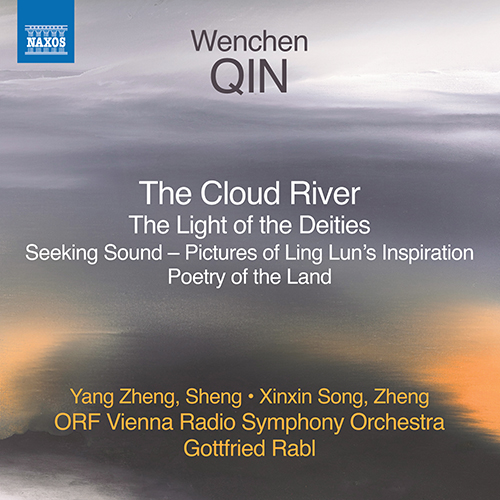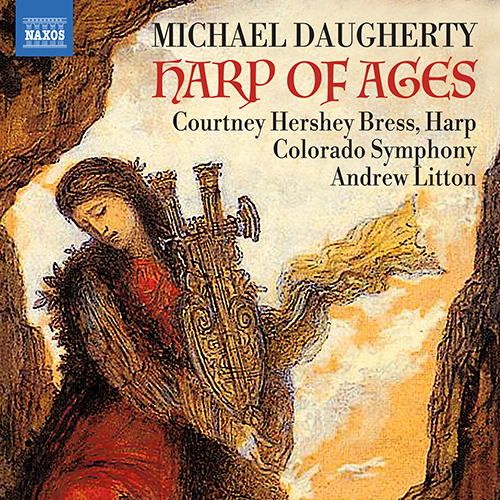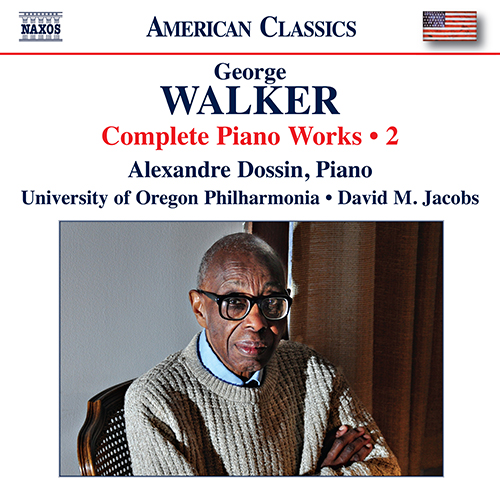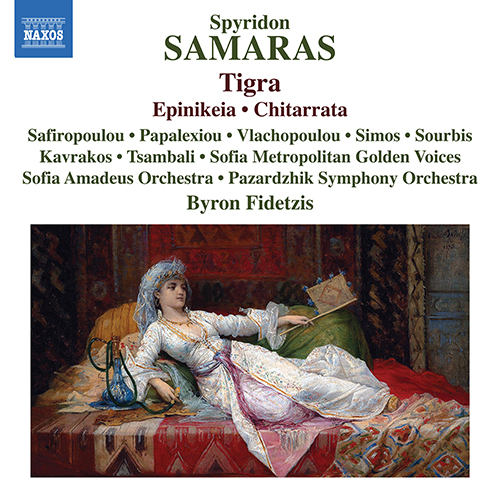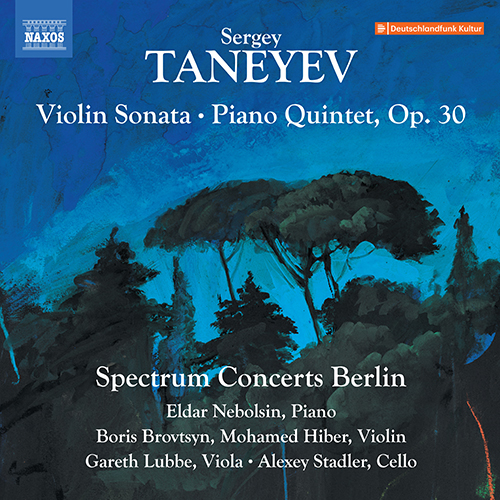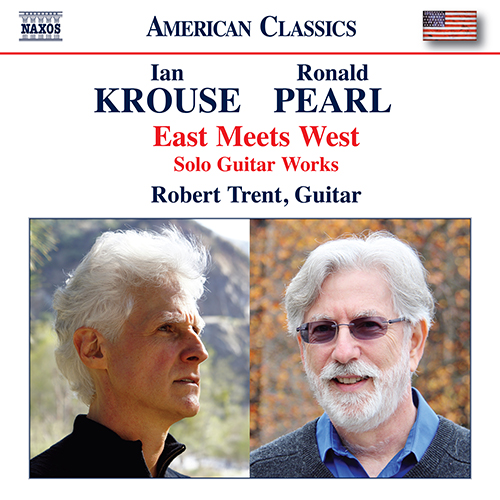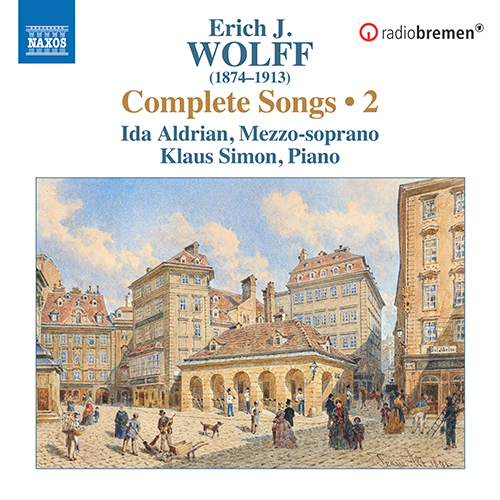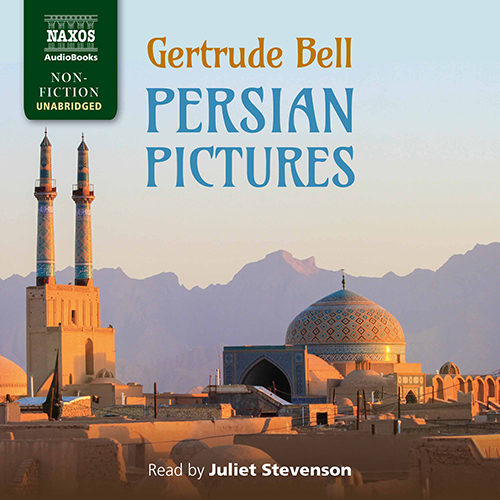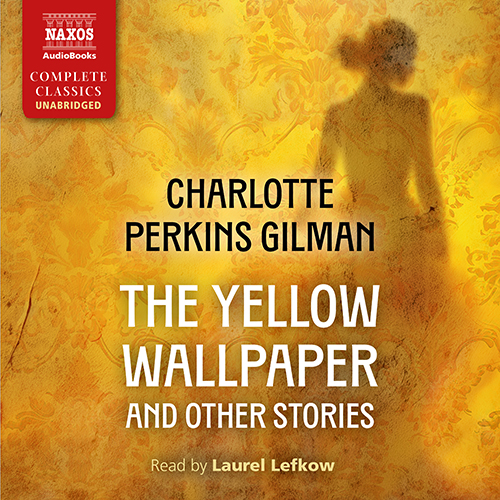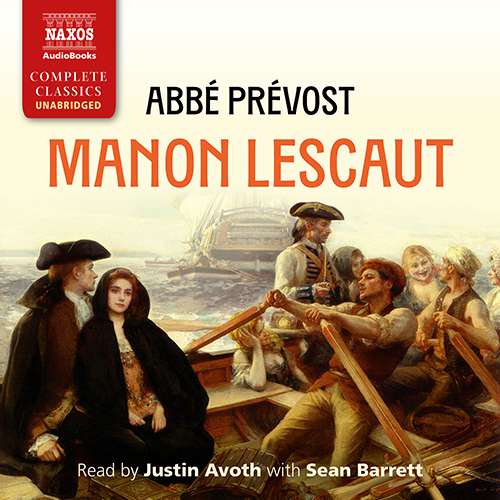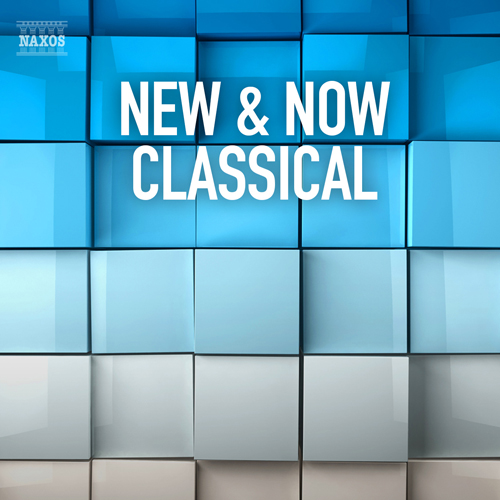The August NEW ON NAXOS spotlights the third volume of Franz Joseph Haydn’s Late Symphonies series, presented by the Danish Chamber Orchestra under Adam Fisher. This programme includes Symphony No. 99 in E flat major – Haydn’s first ever symphony to use clarinets, No. 100 in G major and No. 101 in D major nicknamed ‘The Clock’ due to the ticking rhythm in the second movement. Previous volumes of the series received critical acclaim, with Vol. 1 (8.574516) receiving a Supersonic Pizzicato award and a Joker award from Crescendo magazine. The second volume (8.574517) was equally well-received in Gramophone: ‘Fischer never misses a trick with Haydn’s theatrical contrasts’.
Some of our other highlights from a treasure trove of new titles include the world premiere recordings of Spyridon Samaras’ works including the operatic Tigra; Epinikeia – reminiscent of his famous Olympic Anthem of 1896; and the youthful Chitarrata; Sergey Taneyev’s Violin Sonata and Piano Quintet, Op. 30 presented by members of the Spectrum Concerts Berlin; the second volume of Erich J. Wolff’s Complete Songs presented by mezzo-soprano Ida Aldrian and pianist Klaus Simon; and more.
![]() Watch our monthly New on Naxos video to sample the highlighted releases of the month.
Watch our monthly New on Naxos video to sample the highlighted releases of the month.
Franz Joseph Haydn’s last great symphonies electrified his London audiences, and with these recordings Adam Fischer and the Danish Chamber Orchestra recreate the powerful, stormy and exciting effects that caused such a sensation in the 1790s. Symphony No. 99 in E flat major was Haydn’s first ever symphony to use clarinets; No. 100 in G major gained its ‘Military’ appellation due to its grand second movement featuring cymbals and triangle; and No. 101 in D major has long been nicknamed ‘The Clock’ due to the ticking rhythm in the second movement for plucked strings and bassoons. Previous volumes in the series are available on 8.574516 and 8.574517.
Alberto Franchetti and Ermanno Wolf-Ferrari shared a similar dual heritage. Franchetti’s father was an Italian Baron, his mother was Viennese and Alberto studied in Germany where he composed the Symphony in E minor in 1884 as part of his graduation examination from Dresden Conservatory. Late Romantic and cast in the German symphonic tradition, it is a colourful, evocative and majestic work. Inspired by the wild beauty of the forests of the Rhine valley, Nella Foresta nera is a tranquil, atmospheric ‘symphonic impression’. Venetian-born to a Bavarian father, Wolf-Ferrari spent many years in Germany where he wrote his Sinfonia da camera. The work has an expansive symphonic breadth and utilises Romanticism’s full harmonic and melodic arsenal.
INCLUDES WORLD PREMIERE RECORDINGS
Devoted to music that celebrated the human spirit, Eugene Zádor took pleasure in composing for unusual ensembles. One such example of what he called ‘underprivileged’ instruments was the accordion and his delightful concerto for the instrument is tonal but coloured by a communicative, contemporary vocabulary. As befits the man who was Miklós Rózsa’s exclusive film-score orchestrator, Zádor finds glorious sonority and colour in the Suite for Brass Instruments. The evocative smaller pieces have been arranged by Mariusz Smolij as has the characterful and wide-ranging Piano Quintet of 1933 that won the Hungarian National State Prize.
The organ concerto tradition goes back to the 17th century and the Baroque era, but composers have constantly adapted this age-old genre to their own expressive ends – this recording provides ample evidence of its appeal today. The Organ Concerto by Horatio Parker, today remembered as Charles Ives’ teacher, emerged at a time when composers were seeking an authentically American voice and was hailed by one critic as “imposing and brilliant.” Dedicated to Paul Jacobs, Christopher Rouse’s Organ Concerto is notable for its contrasting dark and light sonorities both in instrumentation and harmonic color. Wayne Oquin’s Resilience reflects the human capacity for tenacity and perseverance; the composer describes it as “a 13-minute exploration of two seemingly limitless spheres.” The program ends with Ives’ Variations on “America” – a piece for solo organ composed for the Fourth of July celebrations in 1892.
Award-winning composer and educator Wenchen Qin enjoys one of the most distinguished and influential positions in China’s contemporary music scene with works that have garnered worldwide acclaim. Qin’s unique musical language is influenced by his multicultural background, integrating Eastern and Western elements to create profound spiritual spaces. All of these works are infused with literature, mythology and a fascination with nature. The Cloud River revitalises the sheng – an ancient Chinese instrument – with new playing techniques to depict clouds as a source of boundless imagination. With the sheng also playing a leading role, Poetry of the Land ruminates on how the land provides great inspiration.
WORLD PREMIERE RECORDINGS
GRAMMY Award-winning composer Michael Daugherty’s Harp of Ages pays homage to the illustrious history and enduring beauty of the harp, an instrument that has enchanted listeners from ancient civilizations to the modern era. Divided into seven movements, the concerto evokes genres and memorable figures associated with the harp, from the poetic lyre of Sappho in classical Greece, to the wild glissandos of Harpo Marx in 1930s Hollywood, and the jazz harp of Dorothy Ashby and Alice Coltrane in 1950s Detroit. Through intricate orchestrations and evocative melodies, Harp of Ages showcases Daugherty’s unique ability to blend tradition with innovation, creating a work that is both timeless and contemporary. Under the brilliant baton of conductor Andrew Litton, the renowned Colorado Symphony is joined by their principal harpist Courtney Hershey Bress, who breathes life into every note with extraordinary sensitivity and virtuosity.
* Only available for download and streaming
George Walker’s international reputation as a composer and pianist was recognised with numerous commissions and awards, including a Pulitzer Prize in 1996. His piano music is colourful and brings to life unique musical soundscapes as heard in the cyclical Fourth Piano Sonata which alternates between sections of virtuoso muscularity and lyrical repose. The Piano Concerto integrates expansive Classical forms with inspiration derived from songs by Duke Ellington, something also cleverly hidden in Guido’s Hand. Walker concluded his impressive contribution to the modern repertoire with his passionate Fifth Piano Sonata – a work that packs monumental expressive range into an extremely concise span. Volume 1 of this two-volume complete edition can be heard on Naxos 8.559916.
Sofia Metropolitan Golden Voices Mixed and Children’s Choir ¹ • Sofia Amadeus Orchestra ¹
Fretted String Ensemble of the Corfu Music School ³ • Pazardzhik Symphony Orchestra ²–³
Fidetzis
WORLD PREMIERE RECORDINGS
Spyridon Samaras was the most internationally respected Greek composer of his time, yet it is only in recent years that some of his major works have been edited or orchestrated for performance. Tigra is a major case in point, a ravishing love story set in medieval Venice, and a product of Samaras’s operatic maturity. With its innovative harmonic language set to an Italian text, musical Orientalism and Franco-Italian influences it helped pave the way for the emerging Greek National School. It has been faithfully orchestrated by Byron Fidetzis. Epinikeia is reminiscent of Samaras’s famous Olympic Anthem of 1896, while Chitarrata is a youthful work composed in Paris.
Nebolsin • Brovtsyn • Hiber • Lubbe • Stadler
Sergey Taneyev’s music was acclaimed by some as a ‘model of pure style and sublime art’, but he was a loner whose supreme mastery of European Classical technique placed him outside the more nationalist trends of the day. The Violin Sonata in A minor is neo-Classical in its reserved and often song-like moods and expressions. It contrasts with the grand scale of the Piano Quintet in G minor in which the virtuoso nature of the piano writing reflects Taneyev’s own prowess, and the brilliant integration of the works’ themes cumulate into an overwhelming conclusion.
INCLUDES WORLD PREMIERE RECORDINGS
East Meets West offers a series of geographical and musical connections that bind the music of Ian Krouse (“One of the most communicative young composers on the music scene today” – Gramophone) and Ronald Pearl, whose guitar music is performed worldwide. The album includes the first recording in its 2009 revision of Krouse’s Roderick Usher’s “Phantasmion”, as well as the eloquent tone poem, The Little Match Girl, and his version of a Hassidic song. Pearl’s My Name is Red is inspired by Orhan Pamuk’s novel and reveals a range of Islamic influences.
Erich J. Wolff was a friend and contemporary of Schoenberg and Zemlinsky – his songs were highly successful and much admired before the First World War. Wolff’s tragic early death, however, contributed to his music being almost entirely forgotten today. Mostly dating from his final decade, the songs in this selection range from the charming children’s cycle Vier Kinderlieder von Richard Dehmel, to the incomparably profound cemetery scene of Friedhof. The recital concludes with the radiant Mein Meister, one of Wolff’s very last songs.
The New & Now playlist features all that is new and exciting in the world of classical music, whether it’s new music, new presentations or new performers. With more than 200 new releases each year, and artists from around the world, there is always something new to discover with Naxos.








